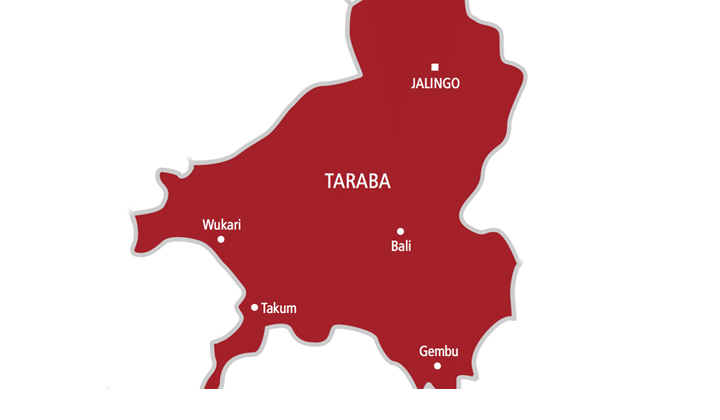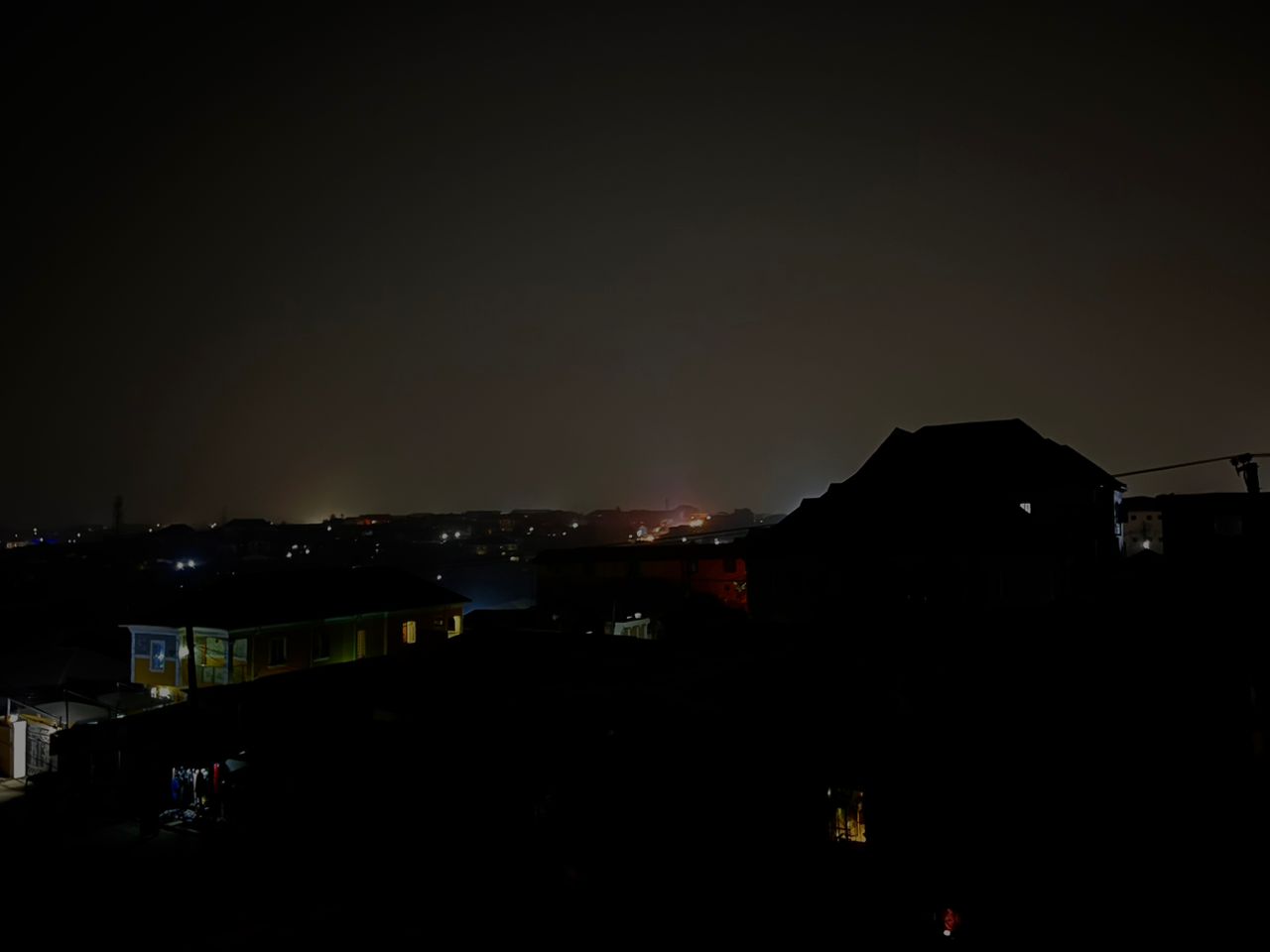NCDC records 897 Lassa fever cases, 154 deaths
The death toll of Lassa fever in Nigeria so far this year has risen to 154, according to the Nigeria Centre for Disease Control and Prevention.
In its 16th-week Lassa fever situation report, the NCDC said there had been a total of 897 confirmed cases recorded from 26 states and 103 local government areas from January 1 to April 23, 2023.
A total of 4,908 suspected cases were recorded during the period under review.
With the current death toll, the public health institution noted that the case-fatality ratio of the outbreak stood at 17.2 per cent.
According to the World Health Organisation, Lassa fever is an acute viral hemorrhagic illness caused by the Lassa virus, a member of the arenavirus family of viruses. Humans usually become infected with the Lassa virus through exposure to food or household items contaminated with the urine or faeces of infected Mastomys rats. The disease is endemic in the rodent population in parts of West Africa.
Lassa fever is known to be endemic in Benin, Ghana, Guinea, Liberia, Mali, Sierra Leone, Togo, and Nigeria, but probably exists in other West African countries as well.
The report showed that 72 per cent of all confirmed Lassa fever cases were reported from Ondo, Edo, and Bauchi states while 28 per cent were reported from 23 states with confirmed Lassa fever cases.
Of the 72 per cent confirmed cases, Ondo reported 32 per cent, Edo 29 per cent, and
Bauchi 11 per cent.
“The predominant age group affected is 21-30 years (Range: 1 to 93 years, Median Age: 32 years). The male-to-female ratio for confirmed cases is 10:9. The number of suspected cases increased compared to that reported for the same period in 2022.
“No new Healthcare worker was affected in the reporting week 16. National Lassa fever multi-partner, multi-sectoral Emergency Operations Centre activated to coordinate the response activities at all levels,” the report read in part.
The overall CFR for Lassa fever is one per cent, according to the WHO, but among patients who are hospitalised with severe clinical presentation of Lassa fever, the CFR is estimated at around 15 per cent. Early supportive care with rehydration and symptomatic treatment improves survival.
About 80 per cent of people who become infected with Lassa virus have no symptoms. One in five infections results in severe disease, where the virus affects several organs such as the liver, spleen, and kidneys.
The report read in part, “Person-to-person infections and laboratory transmission can also occur, particularly in healthcare settings in the absence of adequate infection prevention and control measures.“Seventy-two per cent of all confirmed Lassa fever cases were reported from these three states (Ondo, Edo, and Bauchi) while 28 per cent were reported from 23 states with confirmed Lassa fever cases. Of the 72 per cent confirmed cases, Ondo reported 32 per cent, Edo 29 per cent, and Bauchi 11 per cent.
The predominant age group affected is 21-30 years (Range: 1 to 93 years, Median Age: 32 years). The male-to-female ratio for confirmed cases is 10:9.
“The number of suspected cases increased compared to that reported for the same period in 2022.”











